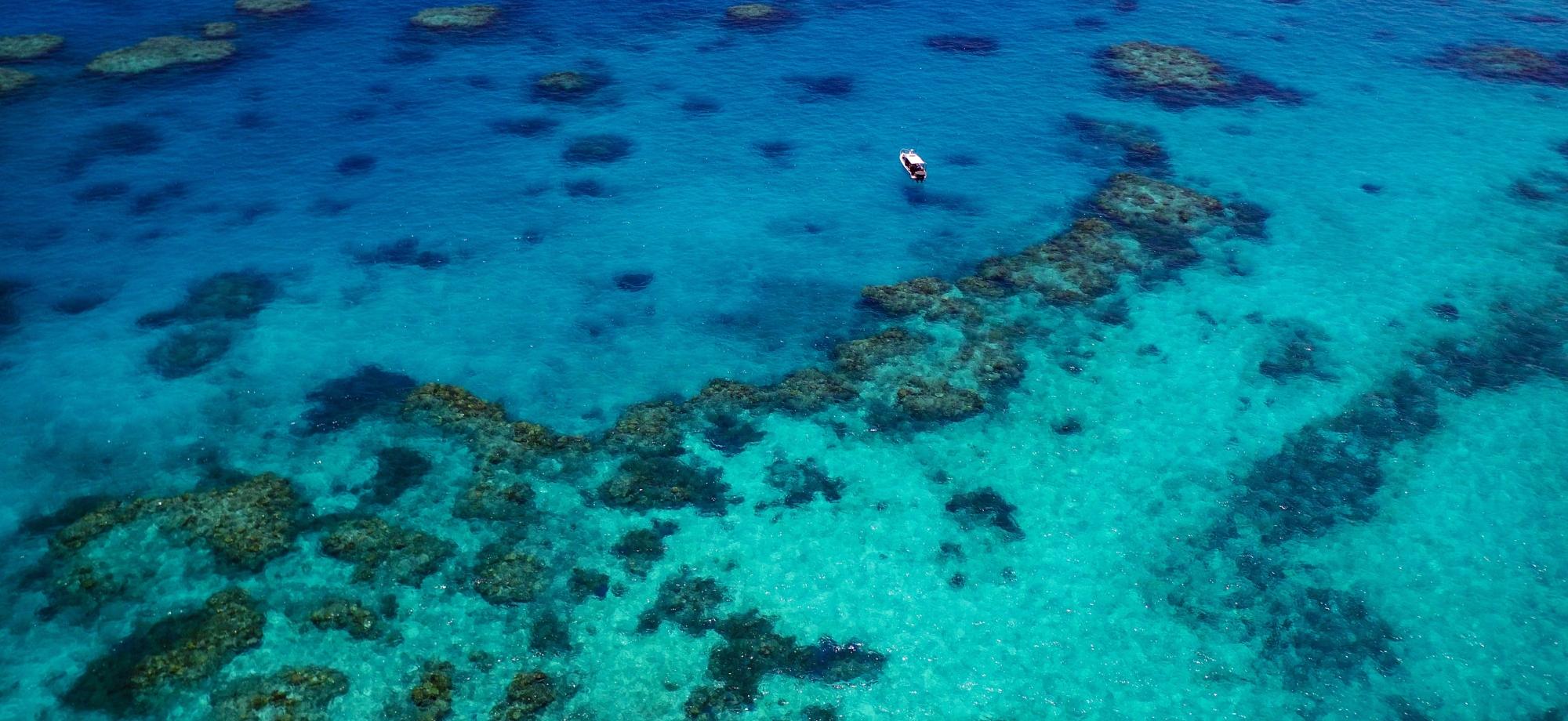The challenge
The revised zoning of the Great Barrier Reef Marine Park in 2004 increased the area of no-take zones, where fishing is prohibited, from less than five per cent of the Park to more than 33 per cent.
It was important for management agencies to understand how this decision protected the GBR’s reef ecosystems and biodiversity, while providing opportunities for the ecologically sustainable access and use for current and future generations.
The approach
The Long-Term Monitoring Program (LTMP) at the Australian Institute of Marine Science (AIMS) has been monitoring the length and breadth of the GBR continuously since 1985. This is the longest, most extensive monitoring of any reef ecosystem in the world.
AIMS has assessed abundance and diversity of different types of algae, coral and fishes (including important fishery species like coral trout), crown-of-thorns starfish numbers, coral bleaching, and shark numbers.
To evaluate the effectiveness of the GBR rezoning, AIMS modified the LTMP survey design in 2006, to compare 28 reefs inside protected (no-take) zones with 28 reefs in areas open to fishing. As far as possible, reefs were paired with like-for-like characteristics (such as latitude or shelf position, wave exposure, orientation).
The impact
The findings supported the efficacy of the rezoning, demonstrating the benefits of ‘no take’ zones for the protection of the Marine Park and its World Heritage values. The data showed that ‘no take’ zones had positive effects on the broader health and diversity of the Marine Park beyond protecting fishery targets.
Substantial increase in stocks of coral trout - biomass was, on average, 81% greater in the period 2006 – 2024, with nearly twice as many fish from fishery targeted species than in areas open to fishing. There are fewer COTS outbreaks inside no-take zones, which correlates to higher mesopredator biomass.
Reefs inside the zones were more resilient to disturbances (coral bleaching, crown-of-thorns starfish outbreaks, and cyclones) and coral disease, than the reefs outside the zones:
- disturbance impacts were 30% lower
- recovery was 20% faster
- the community composition was 21–38% more stable
Through the new survey design the LTMP continues to provide reliable and comprehensive data from 2006 to the present to examine the efficacy of the expansion of ‘no take’ zones in the Great Barrier Reef Marine Park.


